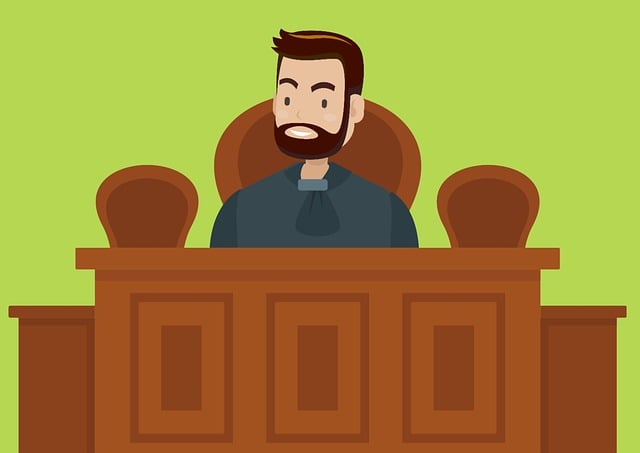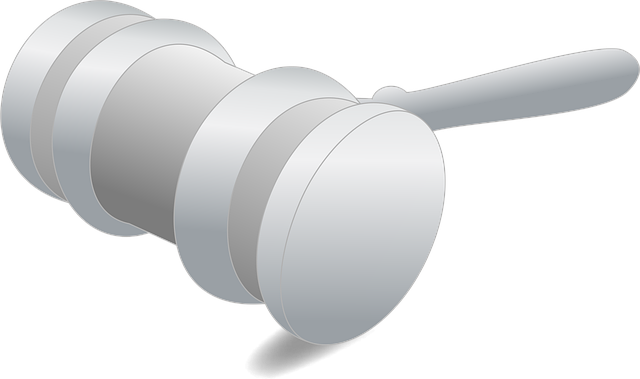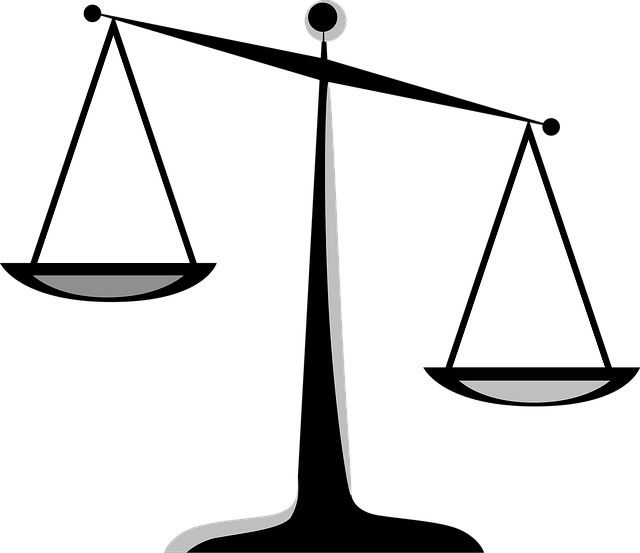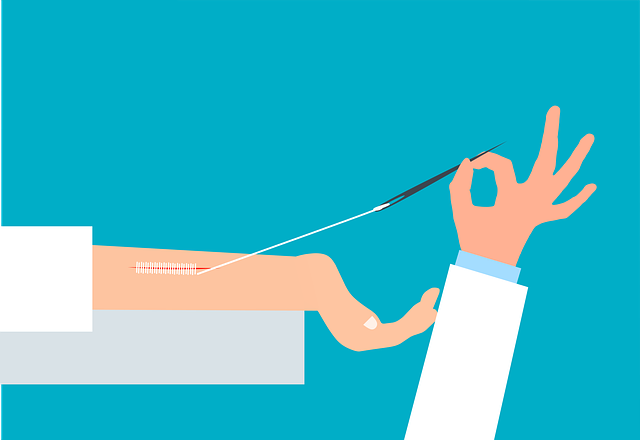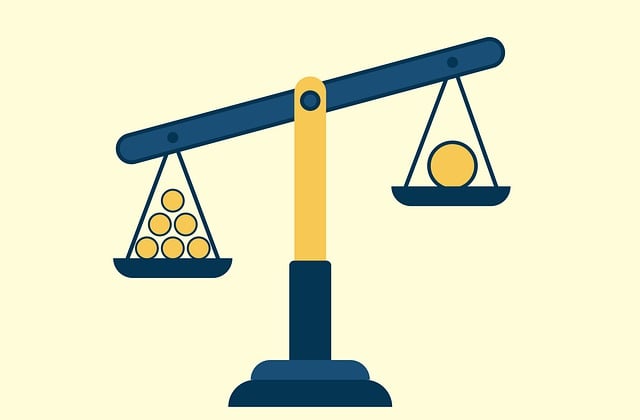Surveillance evidence is a powerful tool for workers' compensation (workers comp) lawyers, providing tangible proof of workplace incidents and client conditions, which aids in navigating complex cases and achieving positive outcomes. In the digital age, high-definition cameras and advanced technology enable real-time monitoring and remote access to surveillance footage, enhancing legal arguments and resolving claims like nursing home neglect or slip and fall injuries. However, its use raises ethical concerns regarding privacy, particularly in employment, negligence, and product liability disputes, emphasizing the need for workers comp lawyers to balance compensation support with privacy preservation.
In the intricate world of workers’ compensation law, surveillance evidence plays a pivotal role. This article delves into the strategic utilization of surveillance footage by seasoned workers’ comp lawyer teams. We explore how technology enhances data gathering and analysis, revolutionizing case outcomes. From understanding video evidence’s nuances to navigating ethical challenges, this comprehensive guide offers valuable insights for legal professionals. Uncover the importance of surveillance in strengthening workers’ rights and ensuring fair compensation.
- Understanding Surveillance Evidence: A Workers Comp Lawyer's Perspective
- The Role of Technology in Gathering and Analyzing Surveillance Footage
- Ethical Considerations and Challenges in Using Surveillance Evidence in Lawsuits
Understanding Surveillance Evidence: A Workers Comp Lawyer's Perspective

Surveillance evidence plays a pivotal role in the arsenal of workers’ compensation lawyers. It serves as a powerful tool to unravel complex cases and secure justice for clients who have suffered workplace injuries or disabilities. From the perspective of a workers’ comp lawyer, understanding this type of evidence is essential for several reasons. It helps build compelling cases, especially when dealing with controversial claims where medical negligence or questionable conduct is suspected.
In many instances, surveillance videos can provide irrefutable proof of an individual’s capabilities before and after a truck accident, elder abuse incident, or workplace harm. This visual documentation can challenge or corroborate statements from various parties involved, including insurance companies. By utilizing surveillance evidence effectively, workers’ comp lawyer teams can navigate these intricate cases, ensure fairness, and achieve favorable outcomes for their clients.
The Role of Technology in Gathering and Analyzing Surveillance Footage
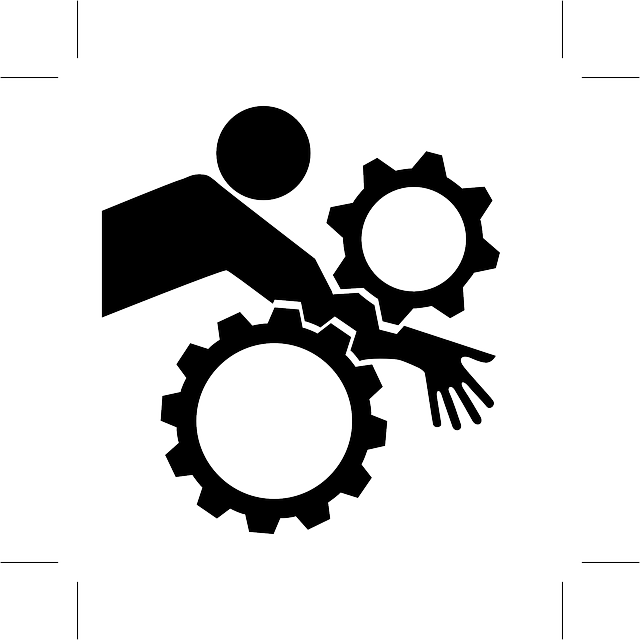
The digital age has revolutionized how workers comp lawyer teams gather and analyze surveillance footage, becoming invaluable tools in personal injury cases. High-definition cameras, both fixed and mobile, capture detailed visuals and videos, providing a comprehensive record of incidents. Advanced technology enables real-time monitoring and remote access to these feeds, allowing lawyers and their teams to swiftly review and assess critical scenes.
For instance, in cases involving nursing home neglect or slip and fall injuries, surveillance footage can offer irrefutable evidence of liability. It can capture the sequence of events, identify negligent parties, and even provide data on property damage claims. Through sophisticated analytics, patterns and anomalies can be detected, enhancing the strength of legal arguments. This technology ensures that workers comp lawyer teams have a powerful resource to advocate for their clients’ rights and secure just compensation.
Ethical Considerations and Challenges in Using Surveillance Evidence in Lawsuits

The use of surveillance evidence in workers’ compensation lawsuits presents a unique set of ethical considerations and challenges for workers comp lawyer teams. While this type of evidence can provide crucial insights into an employee’s activities and alleged injuries, it raises concerns about privacy and potential misuse. Workers’ compensation is intended to support employees during recovery, not to penalize them or their employers, making the ethical application of surveillance a delicate balance.
Lawyers must navigate complex territory when utilizing surveillance footage, especially in cases involving employment disputes, medical negligence, or defective products. They must ensure that any use of such evidence adheres to legal standards and does not infringe upon an individual’s privacy rights. The challenge lies in presenting compelling cases while respecting the dignity and confidentiality of all parties involved, particularly as surveillance technology becomes increasingly accessible and powerful.
Surveillance evidence, when utilized ethically and responsibly by experienced workers comp lawyer teams, can play a pivotal role in navigating complex workplace injury cases. By leveraging advanced technology for gathering and analyzing footage, these legal professionals gain invaluable insights that strengthen their arguments. However, it’s crucial to address ethical considerations to ensure fairness and maintain the integrity of the legal process. As technology continues to evolve, workers comp lawyers must stay informed to effectively employ surveillance evidence while upholding professional standards.
